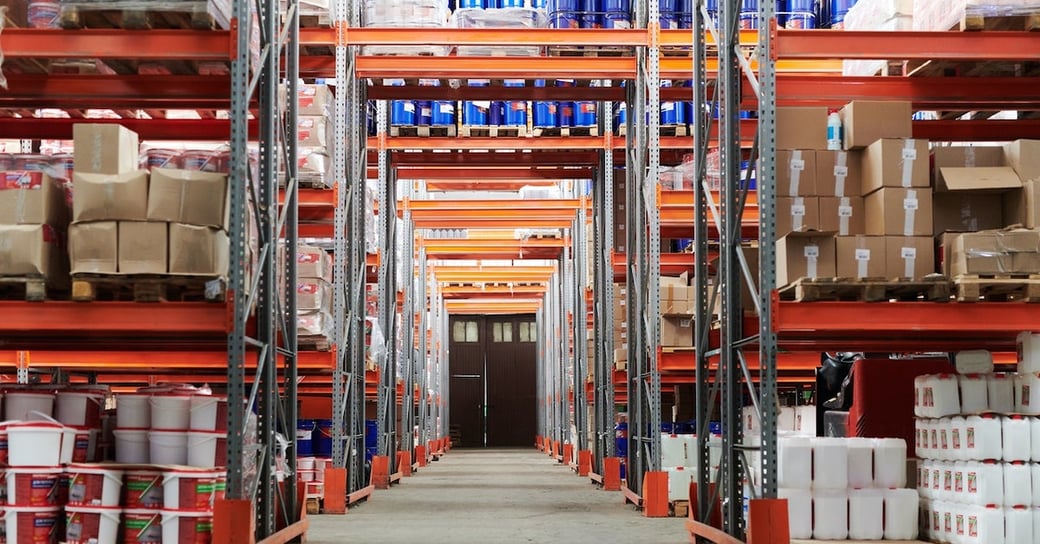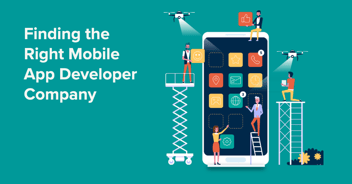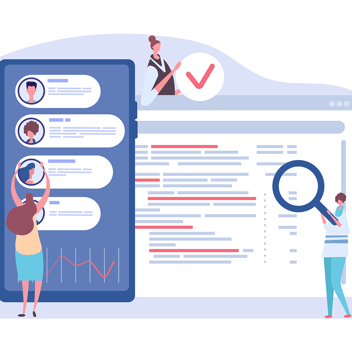Insights
Modernize Your Warehouse with Machine Learning
Today’s warehouse solutions rely heavily on specialized hardware to capture information on the floor. From receiving and returns to reconciling inventory, we use handheld scanning hardware to handle the processes. Since the upgrades are expensive, the hardware is often outdated. Handheld scanners dominate the warehouse market while manufacturers develop advanced scanners to place in warehouse workers’ hands. Although specialized hardware has its use, not every warehouse needs it.
With customer needs ever-evolving, warehouse technology needs to move fast to keep up and stay nimble. In addition, with increasingly higher UX standards and a younger workforce entering the market, the technology solution in the field needs to catch up and provide an experience for smooth adoption and increased productivity.
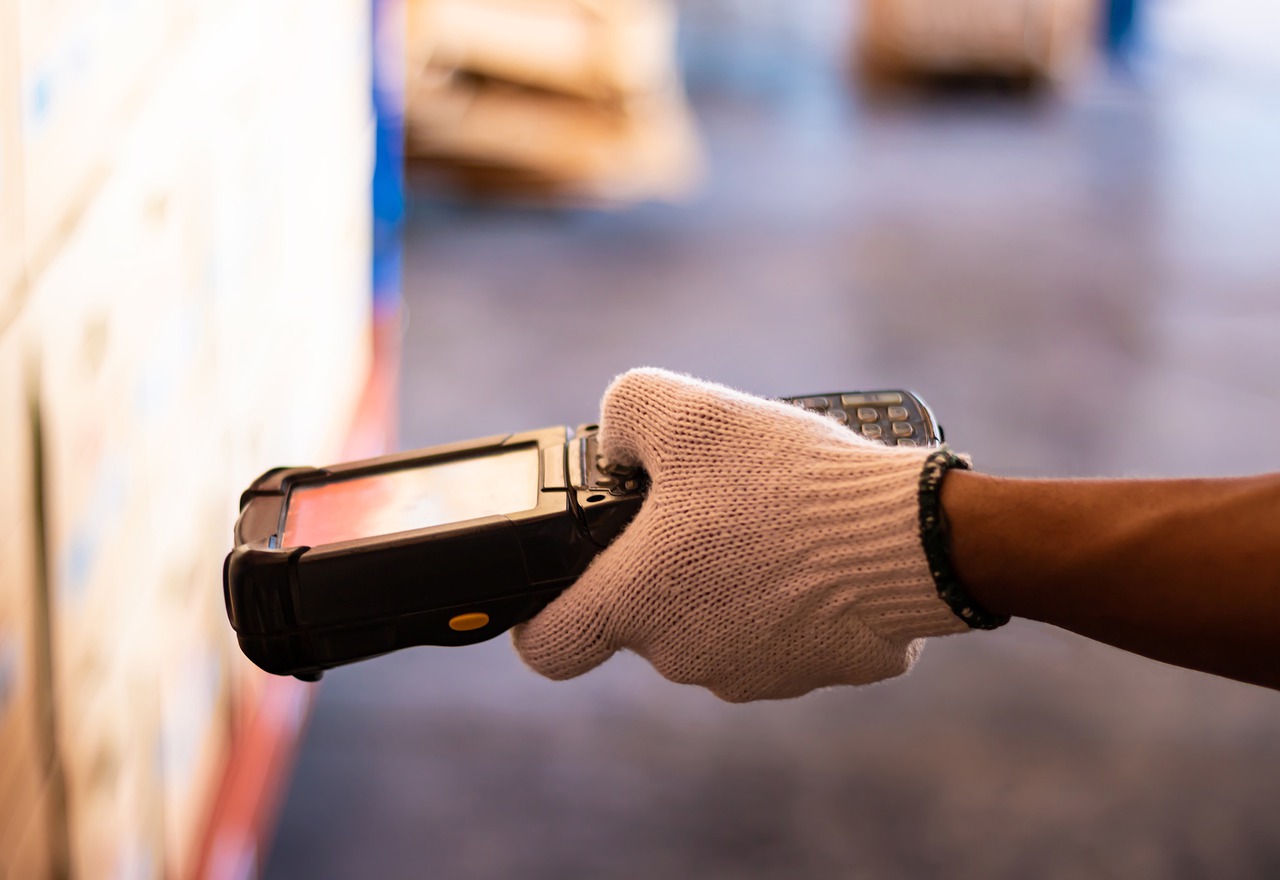
Solution: Machine Learning for the Warehouse
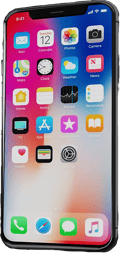
Smartphones are getting smarter, and users expect a higher quality from the applications they use daily. The high expectations require industry-grade hardware to become user-friendly and intuitive. Companies like Home Depot and Coach are already trying to bridge this gap between industrial and consumer hardware by using special attachments to transform iPhones into handheld assistants. These devices can do much more than any purpose-built handheld in the warehouse space, including scanning items and looking up products online.
“Machine learning (ML) is the study of computer algorithms that improve automatically through experience.” - Wikipedia
While this approach goes a long way in bringing warehouse technology into the modern era, it falls short of user expectations. In addition, the perpetual reliance on external hardware limits the scalability of these handheld devices. Ideally, we can unleash the smartphones used in the field by eliminating reliance on external hardware.
We took a different approach to solve this problem. We employed Machine Learning to transform an ordinary iPhone and Android phone into smart scanners. The modified devices can recognize text on a label or etched on a surface, barcodes in any orientation, and QR codes. They can also identify objects and label them in a system.
Case Study: RMA Process Optimization
We recently worked with a Global 500 company to optimize their Return Merchandise Authorization (RMA) process at their warehouses worldwide. Scanning and OCR services and products available in the market failed to deliver the experience requested by the customer. So we built a custom solution for iOS and Android using Apple Core ML and Google ML Vision APIs.
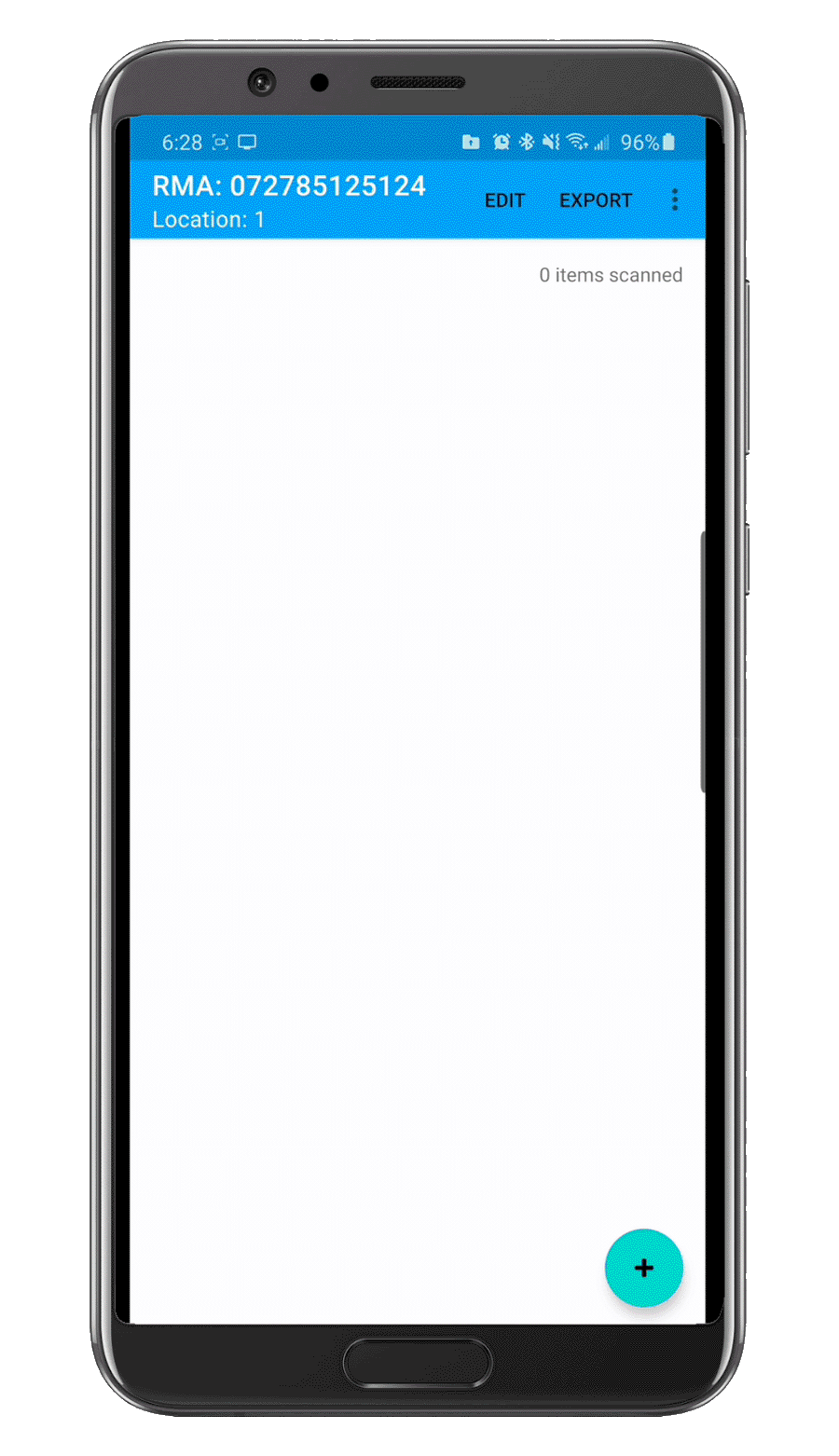 The client wanted their warehouse RMA division to scan all sorts of text and barcodes in real-time. Imagine metal shelves with serial numbers etched on their side, stacked with boxes with a printed serial number on a label, filled with merchandise with barcodes in both horizontal and vertical orientation.
The client wanted their warehouse RMA division to scan all sorts of text and barcodes in real-time. Imagine metal shelves with serial numbers etched on their side, stacked with boxes with a printed serial number on a label, filled with merchandise with barcodes in both horizontal and vertical orientation.
The new experience allowed for batch scanning of text and barcodes via live capture. On-device Machine Learning provided by Apple Core ML and Google ML kit performed recognition in real-time and produced fast results. As a result, the client increased the productivity of their warehouse personnel, who could process an entire shelf in a single scan while keeping costs low.
Think Different
When it comes to automation and machine learning, we take a unique approach to solve problems considered to be unsolvable. So if you are struggling with your antiquated warehouse systems or want to extend its capabilities, talk to us before making any expensive upgrade. Our experts can help you realize value fast and help you with short- and long-term goals, all while empowering you to grow more productive and profitable.
